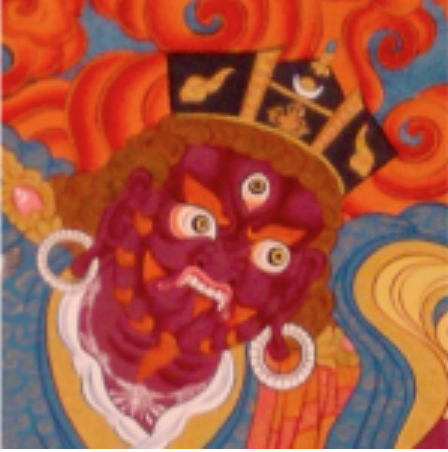What is Shambhala?
The Shambhala community shares a 50-year practice and study heritage that is rooted in the Kagyu and Nyingma lineages of Tibetan Buddhism, and in the Shambhala teachings first presented by Chögyam Trungpa Rinpoche. This heritage also encompasses other human wisdom streams, contemplative arts and embodiment practices, and skillful engagement with the pressing societal and environmental issues of our time.
Meditation Practice
Meditation practice in Shambhala draws from the “shamatha-vipashyana” or “mindfulness-awareness” tradition of meditation. Our meditation practice develops our connection to gentleness, kindness, and courage, and places us on a path toward understanding the nature of our minds and hearts.
The Shambhala Teachings
The Shambhala teachings are a fresh way of connecting people to our innate, or basic, goodness. These teachings explore how we can be fearless and gentle—with both ourselves and others—and how we can connect to a sense of magic in the living environment that is always there and available.
These teachings are presented in Shambhala Training levels, and in related courses and retreats. Shambhala Training is Shambhala’s unique approach to guiding people along a path of personal transformation. This path of training offers entry into the wisdom tradition of Shambhala, as well as the foundational teachings of Tibetan Buddhism. It is a thoughtfully and elegantly designed path, so that over time participants can form a deep connection to meditation and develop a thorough understanding of the Shambhala and Buddhist teachings. This includes week-long meditation retreats, as well as specific retreats that introduce more advanced practices.
Buddhist Teachings
Shambhala supports study and practice of the three-yana path of Kagyu and Nyingma Tibetan Buddhism. This includes the foundational Hinayana teachings on the origins of suffering and the antidote to suffering, the nature of mind, and the practice of meditation; the Mahayana cultivation of compassion, wisdom, and insight, skillful means for working with others, and understanding the play of the absolute and relative; and the special practices and methods of the Vajrayana, including visualization and mantra practices that help us discover our fundamental goodness and innate wisdom.
Shambhala provides common courses and shared practice opportunities for the Vajrayana practitioners within our community, and also provides space for students of different Vajrayana teachers to practice and study together.
Contemplative Arts and Embodiment Practices
Artistic disciplines such as flower arranging, music, poetry, dance, theater, and calligraphy, help us appreciate our world, and can help us experience our world in a more direct and vivid way. This “direct perception” and spontaneous creativity is accessible to anyone and taps into aspects of awareness that we often disregard or ignore. Embodiment practices such as Maitri and Mudra space awareness, yoga, qi gong, and mindful movement can help us work with the feelings of disconnection between our bodies and minds that is widespread in the modern world. Contemplative arts and embodiment practices enhance and are enhanced by all of the other study and practice components of Shambhala.

